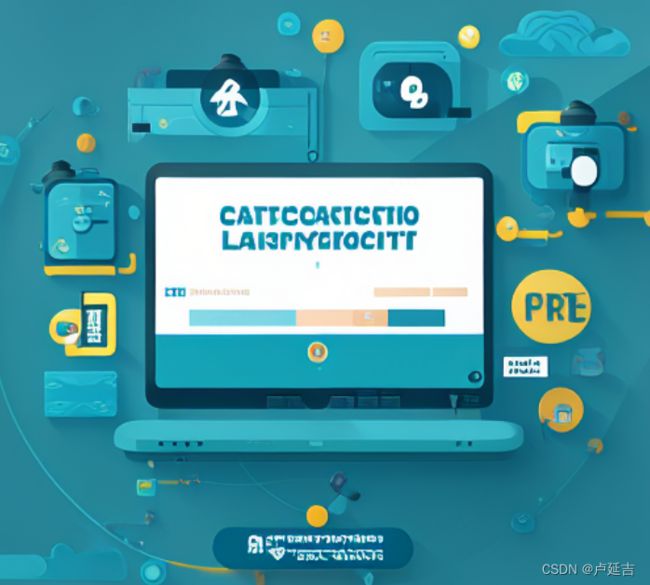The Open Container Initiative (OCI)
Simply put
The Open Container Initiative (OCI) is an open governance standard that aims to define a common standard for container formats and runtimes. It consists of two main specifications: the Image Specification and the Runtime Specification.
The Image Specification defines the format and structure of container images. It outlines how images are built, packaged, and distributed. An OCI-compliant image is a bundle of files that includes everything needed to run an application, including the executable file, libraries, and all dependencies. The specification ensures that images are portable across different container runtimes and platforms. It enables developers to build images using any tool or build system of their choice, as long as it adheres to the OCI Image Specification.
On the other hand, the Runtime Specification focuses on defining the configuration and execution environment for containers. It describes how a container runtime should interact with the underlying system, including the lifecycle of containers, resource management, and security policies. The specification ensures that containers are isolated from each other and from the host system, while providing a consistent and predictable execution environment for applications.
By standardizing the image and runtime formats, OCI enables interoperability among different container tools and runtimes. Developers can create container images using any OCI-compliant tool and run them on any OCI-compliant runtime, without worrying about compatibility issues. This promotes a vibrant ecosystem of container-related technologies and fosters innovation in the container space.
The OCI specifications are widely adopted by container platforms, including Docker, Kubernetes, and container runtimes like containerd and runc. These platforms provide OCI-compliant implementations, allowing users to leverage the benefits of containerization while ensuring compatibility and portability.
In conclusion, the OCI specifications play a crucial role in standardizing container formats and runtimes. They enable developers to create and distribute portable container images, while providing a secure and consistent execution environment for applications. The OCI initiative has revolutionized the container industry by fostering collaboration and interoperability, ultimately benefiting developers and end-users alike.
Image Specification
-
Image Format: The image specification defines the format of container images, including the image’s metadata, file system layers, and configuration information. The metadata encompasses details such as the image’s name, tags, and size. The file system layers describe the structure of the container’s file system, while the configuration information includes runtime parameters, environment variables, and related settings. These design details ensure the consistency and portability of container images.
-
Layered Storage: Container images are designed using layered storage, where each file system layer can be reused and shared. This approach makes the construction of container images more efficient, while also conserving storage space and enhancing the speed of image downloads and transfers.
-
Image Standardization: The image specification standardizes the structure and naming of container images, enabling images from different vendors and platforms to adhere to the same standards. This fosters improved interoperability and portability across diverse environments.
Runtime Specification
-
Container Configuration: The runtime specification defines the configuration details of containers, including the runtime environment, resource constraints, network settings, and so on. These design details ensure that containers can run consistently across different platforms and adapt flexibly to various deployment scenarios.
-
Container Execution Environment: The runtime specification describes the execution environment of containers, including process isolation, resource management, security mechanisms, and more. These design details ensure the security and reliability of containers, allowing them to run safely in multi-tenant and multi-user environments.
-
Lifecycle Management: The runtime specification defines the lifecycle management of containers, including creation, startup, shutdown, and destruction operations. These design details make container management more convenient and also provide greater possibilities for container orchestration and scheduling.
On the other hand
In a distant future, humankind had progressed to a point where space travel and colonization of distant planets became feasible. However, with the expansion of human presence across the galaxy, a need arose for a universal standard to ensure seamless compatibility between various spacecraft, space stations, and planetary habitats. Enter the Open Container Initiative (OCI), a groundbreaking technological standard that revolutionized the way resources were packaged and deployed across the cosmos.
The OCI was akin to a set of cosmic blueprints that allowed engineers to build containers capable of encapsulating not just physical resources, but also virtualized environments, software applications, and even entire ecosystems. These containers, built to OCI specifications, could be effortlessly transported and deployed across any celestial body equipped with the necessary infrastructure. This standardization enabled space-faring civilizations to share, distribute, and run their software and systems across diverse environments, fostering interstellar cooperation and progress.
Imagine a scenario where a brave team of explorers, having arrived at a newly discovered exoplanet, could swiftly establish a functioning base of operations by deploying OCI-compliant containers that seamlessly interfaced with the planet’s indigenous technology infrastructure. This allowed them to establish communication networks, robotics systems, and life support mechanisms without the need for extensive reconfiguration or compatibility issues. The OCI became a symbol of unity among the stars, promoting interoperability and collaboration in the vast expanse of the cosmos.
As civilizations continued to expand their reach, the OCI standard remained a cornerstone of their technological endeavors, fostering a spirit of innovation and unity as humanity ventured forth to leave its mark on the cosmos.
